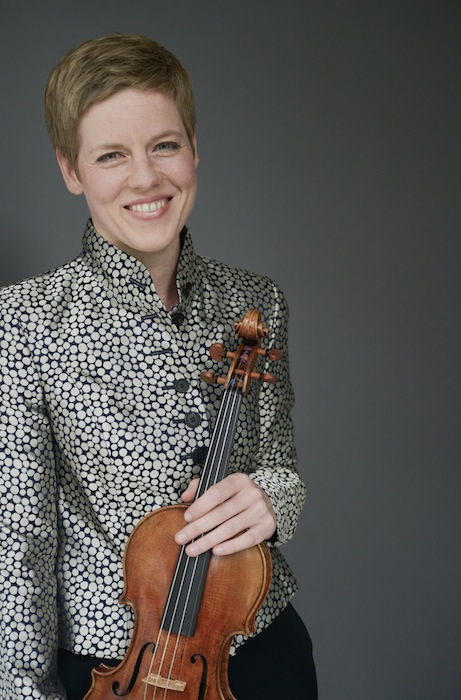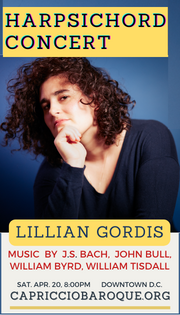Isabelle Faust brings lean vitality to Bach at the Phillips Collection

Isabelle Faust perfomed Bach’s complete solo violin works Sunday afternoon at the Phillips Collection. Photo: Detlev Schneider
Gidon Kremer once called the solo sonatas and partitas of Bach the “Bible of music” for all violinists, and the recital by Isabelle Faust seemed worthy of that description. The German violinist played half of the “Sei solo,” as Bach put it on his manuscript copy of these pieces for unaccompanied violin, at the Phillips Collection on Sunday afternoon. She also chose to perform them without intermission, so that for a little over an hour the music was all that mattered.
Faust has made an outstanding recording of these pieces on the Harmonia Mundi label, and her live performance was almost as immaculate and poised. Her sound in this early music tends toward the lean and taut, with most extraneous vibrato removed. The concert opened with the sunniest of the six pieces, the Third Partita. The stream of notes in the opening “Prelude” was silvery and fast, the articulations making different patterns that pointed up melodic ideas.
While not slavishly metrical in her rhythmic approach, she kept the tempo moving, applying rubato so that the sound was never mechanical. Working from the manuscripts of these pieces, Faust has made a point of scrupulously observing all of Bach’s markings, using crunchy, detached articulations to liven the dance movements in this set. While she is not lavish with embellishments, the Gavotte en Rondeau sparkled because of the ornaments and changes added to the refrain at each reappearance.
The program featured two of the most brilliant shorter works in Bach’s oeuvre. The first was the “Fuga” of the Third Sonata, which Faust played with remarkable clarity of voicing. She has worked hard to keep the profusion of voices in Bach’s multiple-stop sections subservient as much as possible to the prevailing meter, always drawing out the principal voice from the cloud of polyphony. The two slow movements that surround the piece were dignified and poignant, while the concluding “Allegro assai” had a graceful brightness, even with the performance’s only minor slip at one point, enlivened by Faust’s way of intensifying the speed and volume toward the end.
After those two pieces in major keys, the Second Partita turned toward a darker array of colors, beginning with four solemn dance movements in D minor. The museum’s intimate room for concerts has an acoustic somewhat drier than what Faust recorded in, so that an occasional tremulous sound came through on the long sustained notes, as her left hand wavered. Putting this set last meant that the concert closed on the startling “Chaconne” that Bach, for reasons that remain mysterious, appended to this partita.
Many violinists tend to treat each variation of the “Chaconne” with rhythmic freedom, losing the overall proportions of the work that is, after all, in one tempo from beginning to end. Faust’s rendition was fast, making the sections with lots of small notes something of a blur. When the last sounds died from the strings of Faust’s historical violin, the “Sleeping Beauty” Stradivarius made in 1704, she held the audience in what seemed like thirty seconds of silence. It was a welcome chance to add a silent “Amen” and savor the respite created by this music, as well as the silence left by its absence.
The Bach series continues next weekend when Jean-Guihen Queyras plays the six solo cello suites 4 p.m. January 29 at the Phillips Collection. phillipscollection.org/events/2017-01-29-sunday-concerts-queyras







